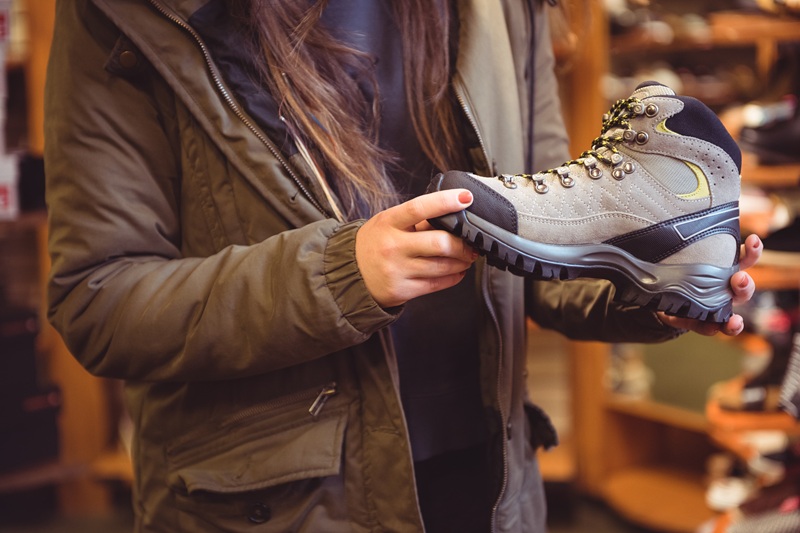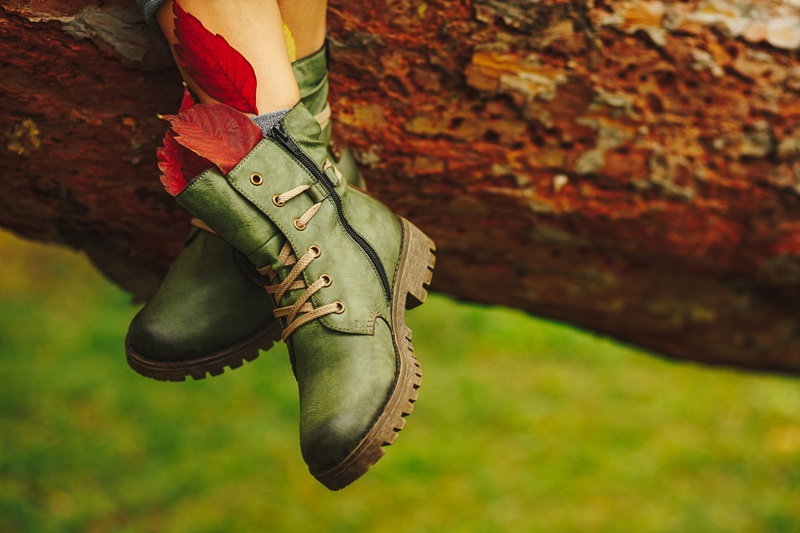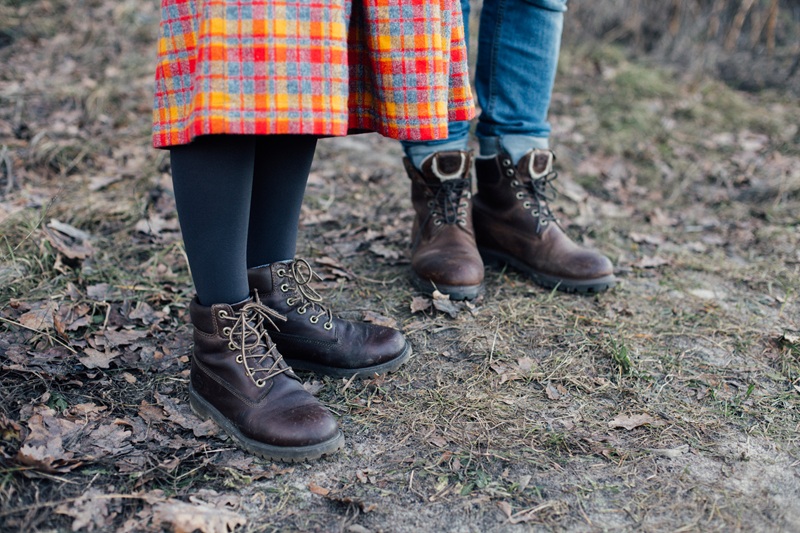
Choosing the best women’s safety shoes for any site is of great importance in the realm of protection, comfort, and performance across various situations and industries. Safety shoes, after all, serve as the first line of defines against hazards while allowing comfortable wear for many hours and complying with workplace standards. This guide gives you an overview of the critical features, selection criteria, and some essential tips for selecting safety footwear for women that is suited to every worksite.
Importance of Women’s Safety Footwear
Personal safety footwear for women is primarily designed to protect feet from impact, sharp objects, chemicals, and electrical hazards in diverse environments. These shoes used to be designed largely for men, but the current designs take into account the morphology and specific needs of women who work in construction sites, laboratories, kitchens, factories, and offices. Nowadays the designs are more about aesthetics and thus gives way to protections, comfort, and fit are no longer compromised.
Compliance and Standards for Women’s Safety Footwear
Ensure selected women’s safety footwear meets international standards including EN ISO 20345, EN ISO 20347, or EN ISO 20344. These standards confirm that footwear has been tested rigorously, including:
- Impact and compression resistance.
- Protection against punctures, cuts, and abrasions.
- Slip resistance and stability on a wide variety of surfaces.
- Resistance against hazards posed by heat, cold, and substances.
Some sites may require protection for electrical insulation, metatarsals, or chemicals. Protective classes, from SB (minimum) to higher classes like S6 and S7, provide an increasing level of water resistance and cover specific risks (slip, perforation, thermal risk).
Key Features to Consider in Women’s Safety Footwear

women’s safety footwear
An efficient women’s safety shoe elegantly combines protective features with an ergonomic design of the female foot. Some of its characterizing features contain the following:
- The use of steel or composite toe caps for protection against falling objects and for compression.
- The use of Kevlar® or similar materials within the sole for puncture resistance against sharp objects like nails and broken glass.
- Anti-static plus electrical hazard protections required for the work areas exposed to live circuits.
- Moisture-wicking breathable linings, keeping the feet dry when it is warm or wet.
- Slip-resistant outsoles provide stability on oily, wet, or uneven surfaces.
- Specific lightweight materials and shock-absorbent insoles diminish fatigue during extended wear.
Ergonomic Design in Women’s Safety Footwear
Women’s feet differ in width, arch, and curvature from that of men, thus making footwear designed particularly to fit female anatomy very important. The best of them come with:
Rounded toe boxes matching the arch curve thus reducing discomfort and improving fit.
- Enhanced cushioning materials to absorb the impact and protect ankle and knee.
- Adjustable lacing or fit systems providing security, dialled-in feel, for different foot shape.
Good insole support and heel support will greatly relieve strains on the feet and legs after long shifts
Safety Footwear for Different Worksite Hazards
Consider assessing the hazards at the worksites before choosing any women’s safety footwear. Common risks in the workplace include:
- Falling or rolling objects: Steel/composite toe caps required.
- Sharp debris: Puncture-resistant soles for nails, glass, or metal shards.
- Wet, oily, or slippery surfaces: Deep tread, slip-resistant outsoles.
- Electrical risks: Shoes with anti-static and ESD protection.
- Chemical spills and heat: Insulating, resistant materials per the specific threat.
Practical Considerations in Women’s Safety Footwear Selection
- To enhance safety and comfort, practical tips that ought to be kept in mind are
- Attempt all footwear at the end of the day so that the largest size would ensure a better fit.
- Consider models that are lightweight and breathable to decrease fatigue in active roles.
- Select footwear suitable for the climate (i.e. insulated for cold or ventilated for heat).
- On a regular basis, examine safety shoes for signs of wear and tear, so any injured risk is replaced.
- In case of requiring orthotics, go for options like shoe models with removable insoles.
Style and Individuality in Women’s Safety Footwear

women’s safety footwear
Women’s safety footwear today protects and serves with style; its diversity in colours and styles will fit every personal taste while being compliant to standards of the workplace. The industry has recognized that female workers do care about looks as much as functionality; hence they have come up with professional-looking shoes that are trendy and even instil confidence while on the job.
Women’s Safety Footwear Maintenance and Care
Without appropriate maintenance, optimal safety will not be guaranteed:
- Clean shoes every week so dirt, dust, and chemicals are removed.
- Ensure thorough drying of these shoes every time they are wet.
- The storage environment should be cool and dry to preserve the materials and safety features.
All employers shall ensure training for care, maintenance, and routine inspection to be included in any workplace safety program.
Legal and Workplace Responsibilities
Work site policies often mandate that employers supply acceptable women’s safety footwear at no cost to employees. The employer should: Perform risk assessments to understand the hazards and correlate footwear features to the specific risks on the worksite.
- Conduct training regarding the correct use and maintenance of shoes.
- Ensure that all provided PPE, inclusive of safety footwear, satisfies the standards and is well-fitted.
Involving Women in the Selection Process
Involving women employees in the selection of women’s safety footwear will enhance satisfaction, safety, and compliance with workers in the long run. Options like surveys or trial buys would be helpful in reviewing the three areas of fit, comfort, and protection. When employees have control over what PPE they wear, this boosts morale as well as compliance.
Conclusion
Choosing the best women’s safety footwear at any worksite means assessing standards, particular safety features, ergonomic design, and maintenance. When the hazards are known, compliance to the workplace is assured, and comfort and personalization are ensured, every worker can rely on protection and welfare. The pursuit of the ultimate footwear design for women, who can give their best only when they know they are safe.




